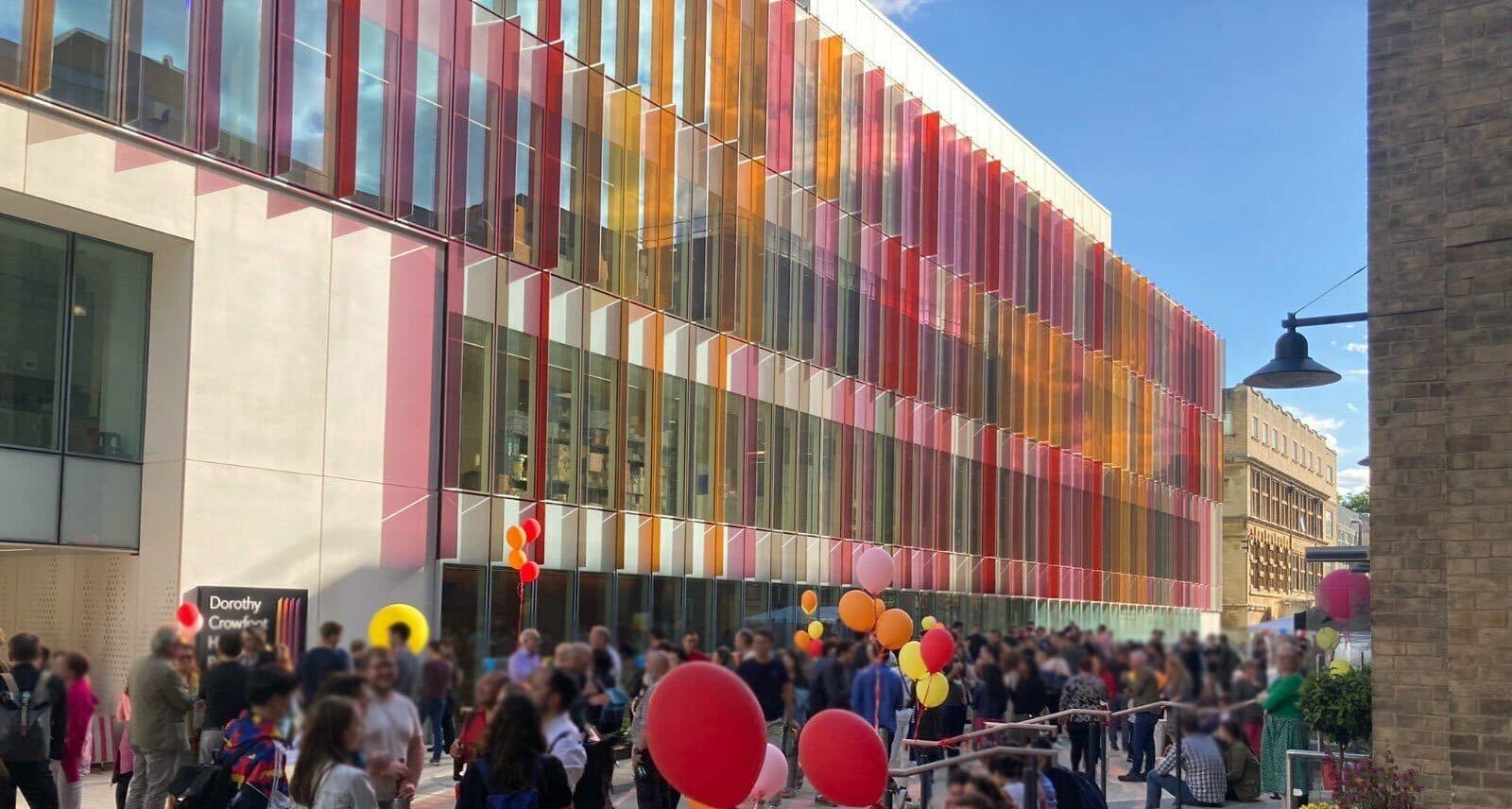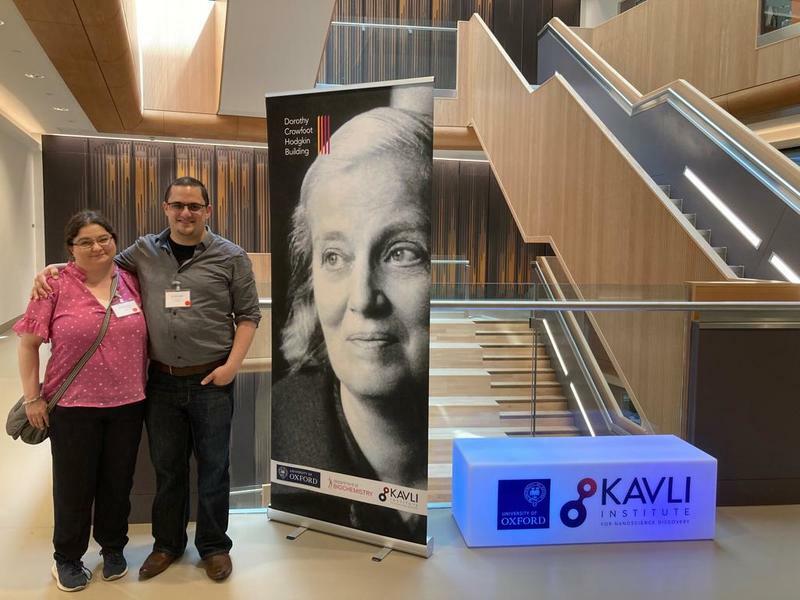Dorothy Crowfoot Hodgkin Building Opens
New facility dedicated to pioneer chemist houses the Kavli Institute for Nanoscience Discovery

The Kavli Institute for Nanoscience Discovery, inaugurated in April 2021, celebrated its new home in the Dorothy Crowfoot Hodgkin Building at Oxford University on June 15, 2022. The family of the pioneering chemist attended the building opening as did Dorothy Crowfoot Hodgkin’s biographer, Georgina Ferry, who shared the importance of Crowfoot Hodgkin’s work and her experience as a woman in science in the 1930s.

About Dorothy Crowfoot Hodgkin
Crowfoot Hodgkin came to Oxford as an undergraduate in 1928, where women had only been able to receive degrees at the university since 1920. She was one of a few women scientists in chemistry and later went on to receive her Ph.D. at Cambridge, working with J.D. Bernal who was pioneering the X-ray crystallography of biological molecules. This was an area of research that Crowfoot Hodgkin really wanted to do. Working with Crowfoot Hodgkin, Bernal was the first to obtain an X-ray defraction image of a protein, and their work was published in Nature. With this research, she became one of the first two pioneers of protein crystallography and later the pioneer of structural studies of protein molecules.
Dorothy Crowfoot Hodgkin chose to work on compounds she knew would become medically important, such as penicillin, vitamin B-12 and insulin. She managed to determine the complete structure of insulin, which took 35 years.